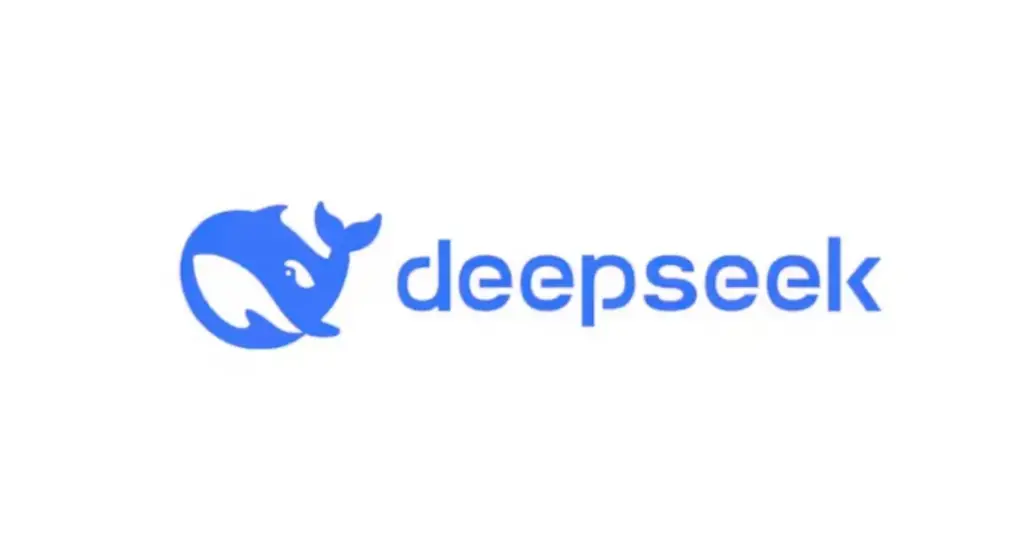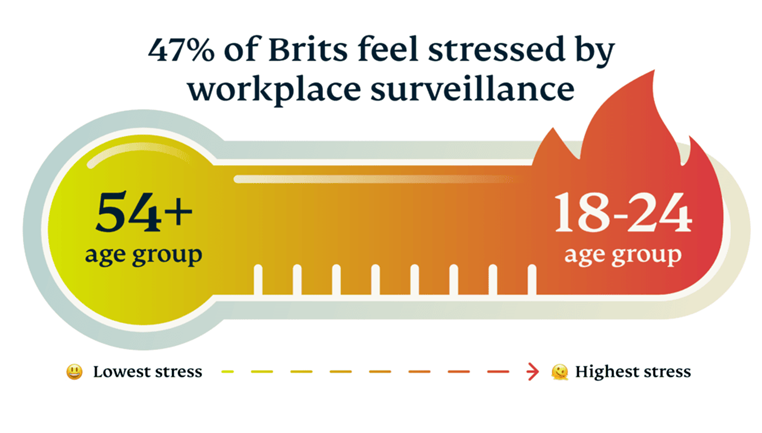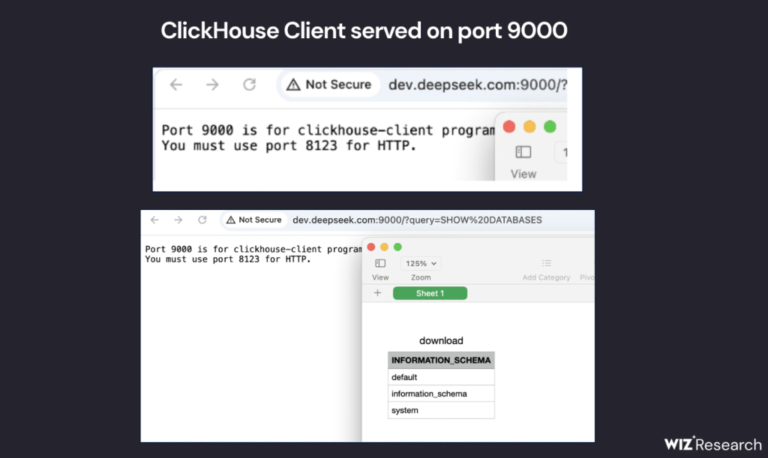
The DeepSeek application, launched less than two years ago with the backing of the Chinese government, has skyrocketed to the top of the App Store’s free application rankings. At the same time, the internet is ablaze with heated debates about the future of open-source artificial intelligence.
History is rich with technological breakthroughs that have divided public opinion, sparking enthusiasm among some and fierce opposition among others. Examples include Uber’s disruption of the taxi industry, Bitcoin’s challenge to traditional finance, and the emergence of OpenAI. Each of these innovations initially provoked intense public reactions, only to become integrated into daily life—until the next controversial revolution arrived.
Analysts draw parallels between DeepSeek’s rapid ascent and the rise of other Chinese tech giants, such as Huawei and TikTok. These companies have long been considered part of China’s soft power strategy: Huawei faced accusations of using 5G networks for espionage, while TikTok was scrutinized for mass data collection.
DeepSeek, however, has received unprecedented state support. The company was allocated 50,000 Nvidia H100 GPUs, optimized for deep learning, neural network training, and processing massive datasets. By comparison, OpenAI’s GPT-3 operated on a mere 10,000–20,000 Nvidia A100 GPUs. Lars Niemann, Marketing Director at CUDO, described this colossal investment as a “geopolitical statement.”
For years, the United States has maintained a leading position in artificial intelligence, but DeepSeek’s emergence could reshape the global landscape. The Chinese firm is not merely challenging American AI hegemony—it is also circumventing sanctions and striving to set new global standards in energy efficiency and AI accessibility. The R1 model has already demonstrated performance on par with OpenAI’s models in mathematics, programming, and logical reasoning.
Open-source technology makes AI widely accessible to developers and companies alike. However, this unrestricted availability comes with serious risks.
Stephen Hall, Director of AI at ISG Research, cautions: “Open AI models like DeepSeek democratize access to powerful technology, but they also introduce vulnerabilities. The biggest concern is privacy—especially when models are trained on state-controlled datasets, which could be exploited for surveillance and unauthorized data collection.”
Malicious actors could modify DeepSeek’s open-source code to create hyper-realistic deepfakes, orchestrate large-scale cyberattacks, and steal sensitive data. Without a central governing authority, monitoring how the technology is used becomes significantly more challenging.
Security researchers warn that stolen data could be sold on the dark web, while forged videos could be used to manipulate elections. There are also concerns that cybercriminals might leverage DeepSeek’s capabilities to develop a new generation of ransomware, capable of perfectly mimicking voices and appearances—not only of ordinary individuals but also of corporate executives and public figures.
China has already implemented a social credit system, and in this context, advanced AI surveillance tools could push the world closer to a dystopian reality reminiscent of Orwell’s 1984.
The rise of DeepSeek is poised to disrupt the AI industry. According to Yaron Litvin, Marketing Director at Canopy, American tech giants will be forced to lower prices to remain competitive. However, in corporate AI markets, cost is not the primary concern—data security and reliability are. In these areas, Chinese solutions still lag behind their Western counterparts.
Experts compare this scenario to the fast fashion phenomenon, where consumers often opt for cheap, low-quality clothing instead of premium, long-lasting alternatives. However, in the case of DeepSeek, the stakes extend far beyond price and quality competition.
If DeepSeek succeeds in offering more energy-efficient AI solutions and establishing new industry standards, it could ignite a geopolitical rivalry on the scale of the 20th-century space race.


